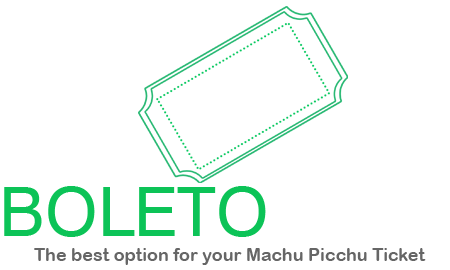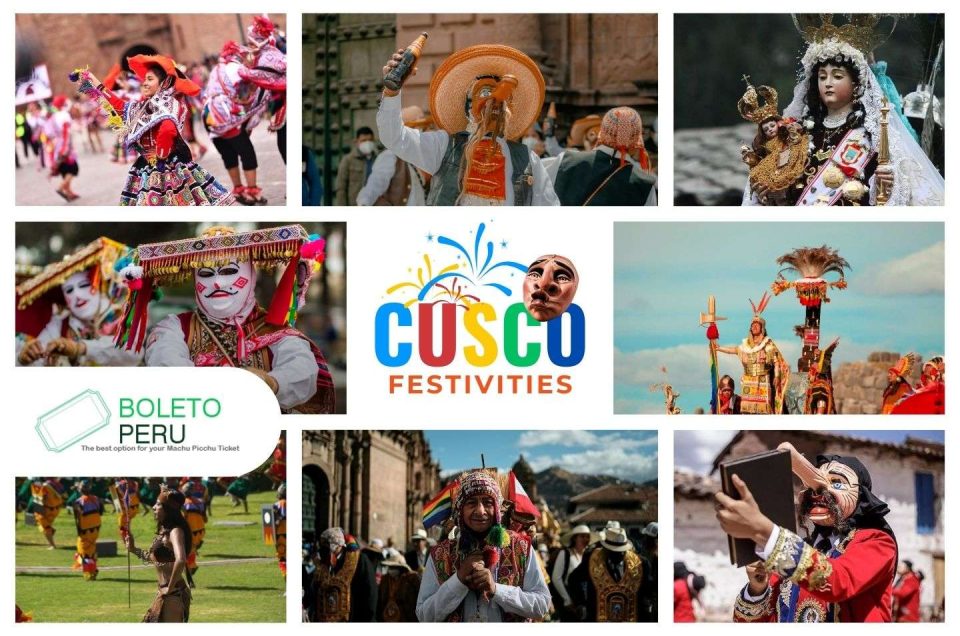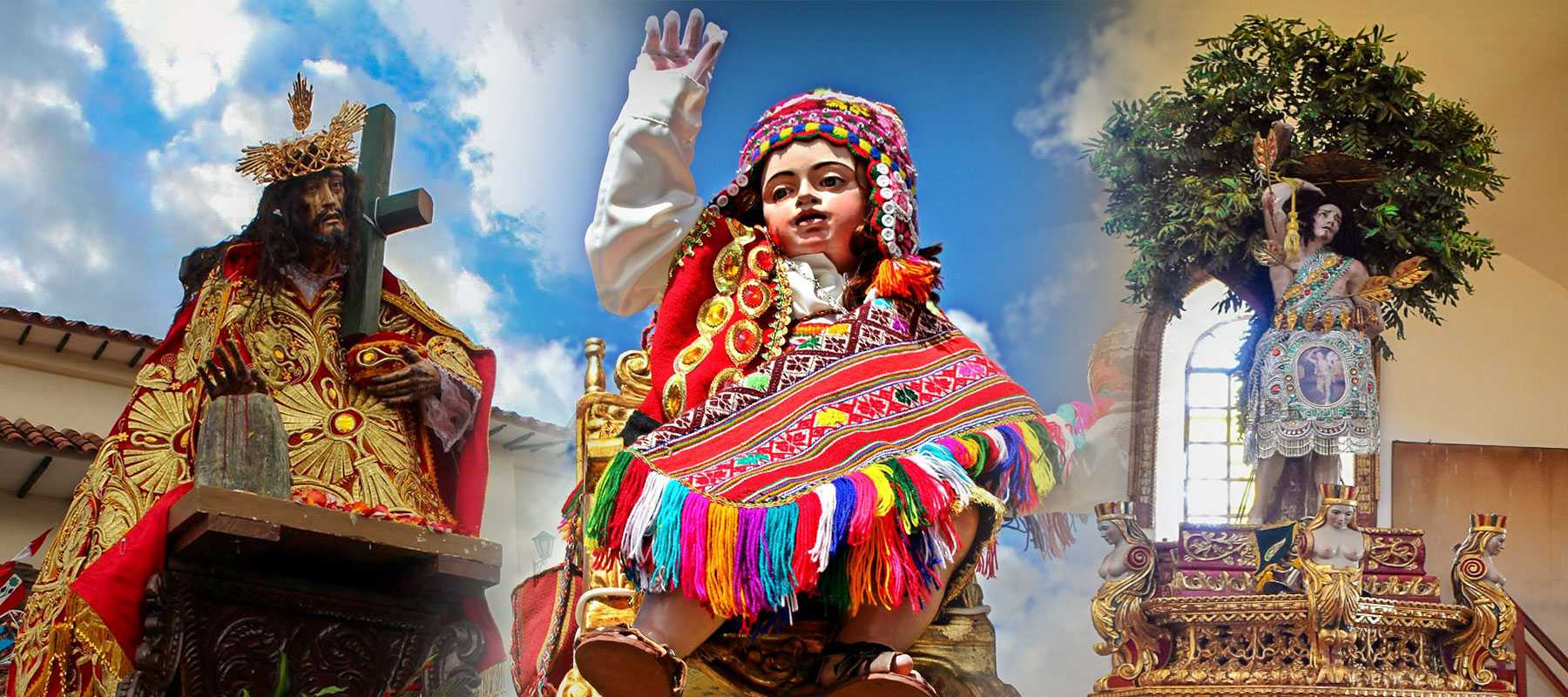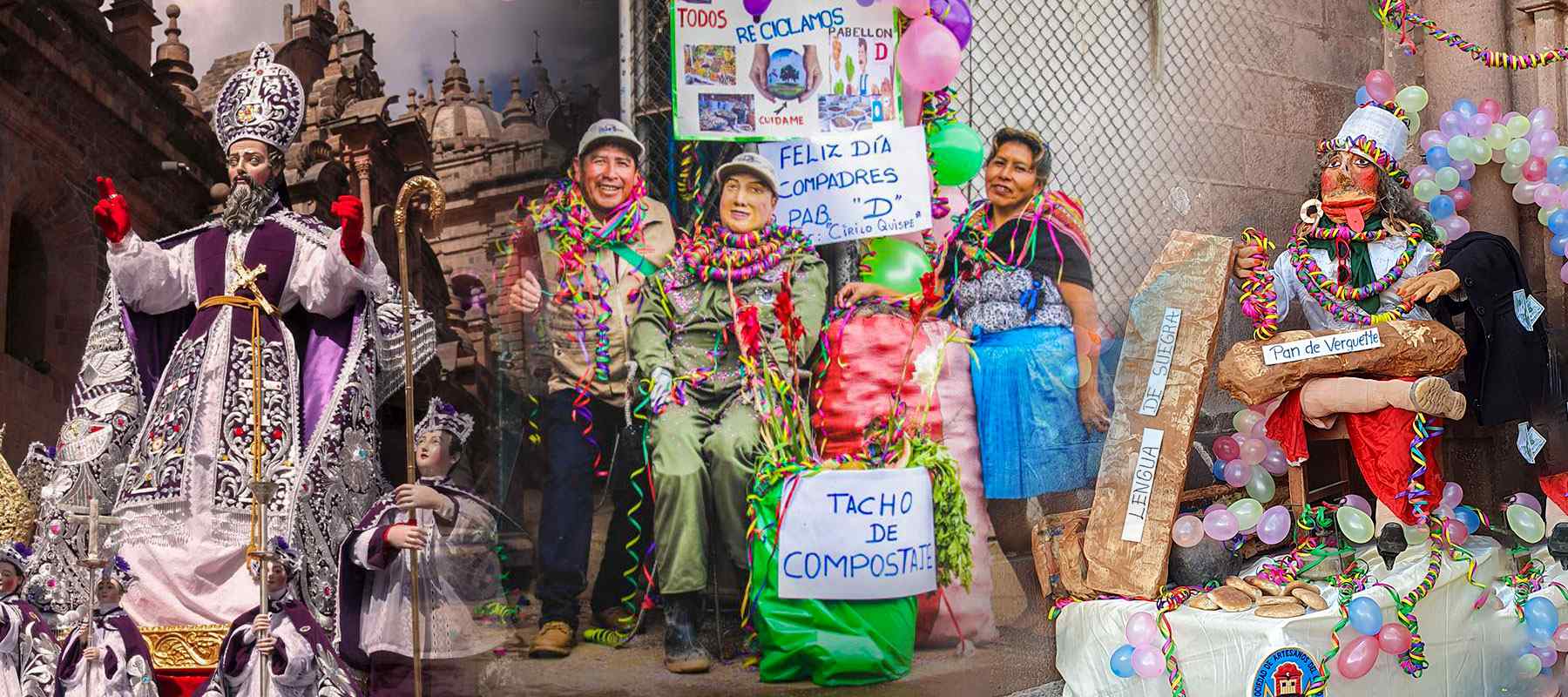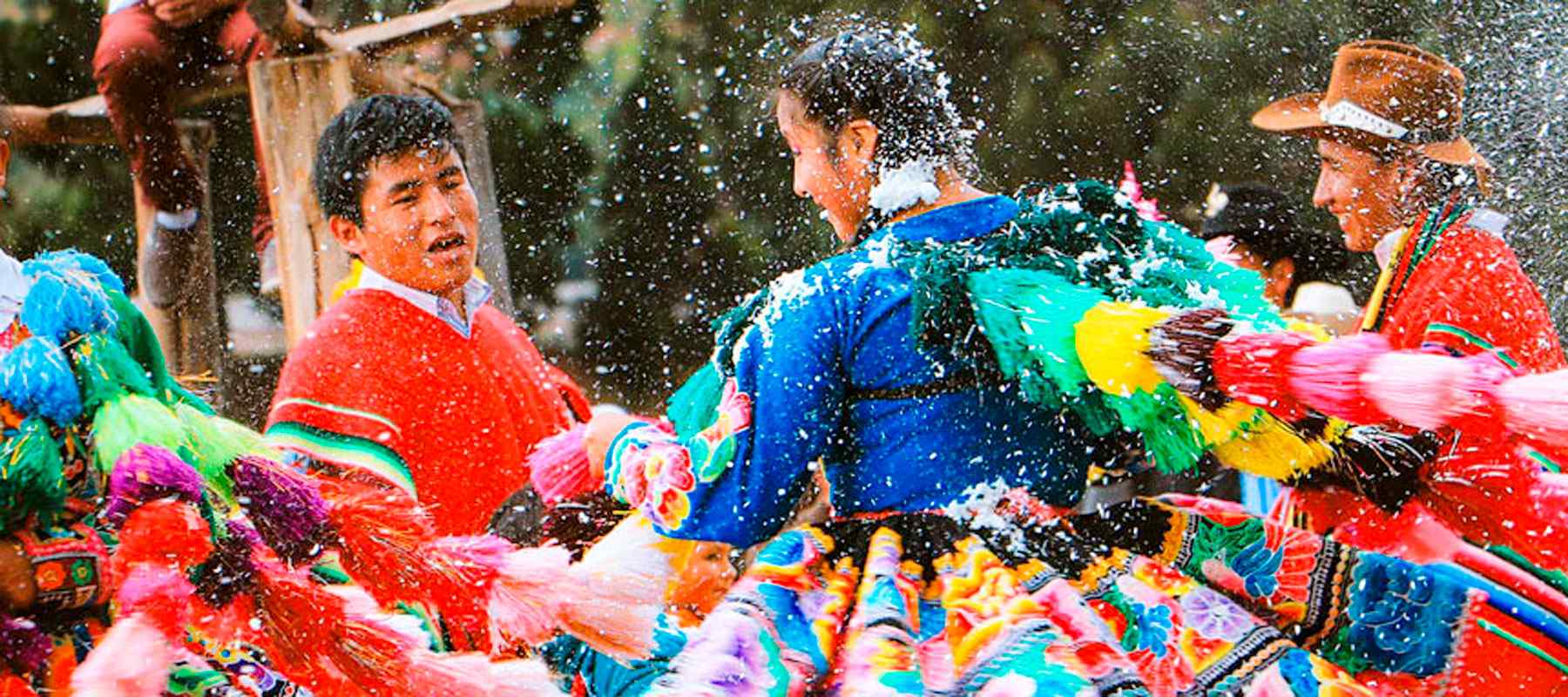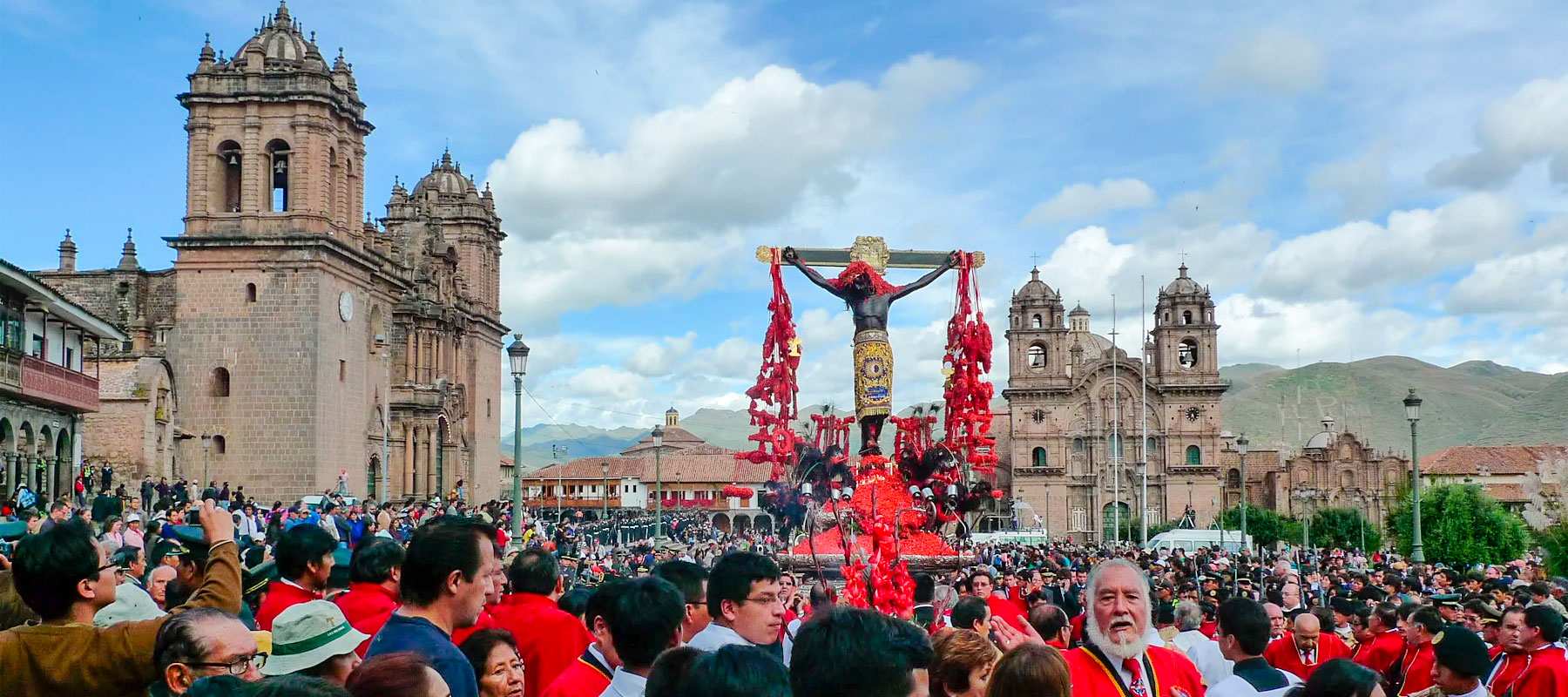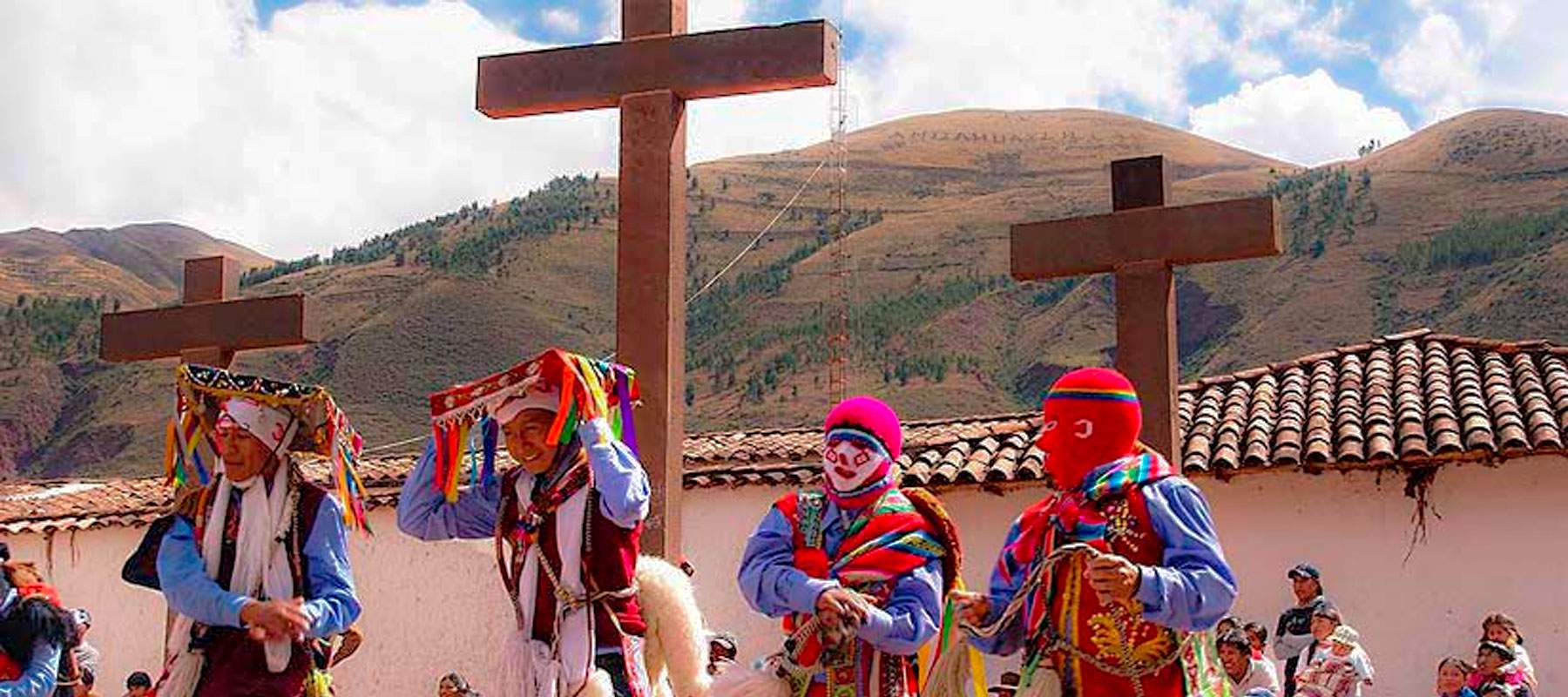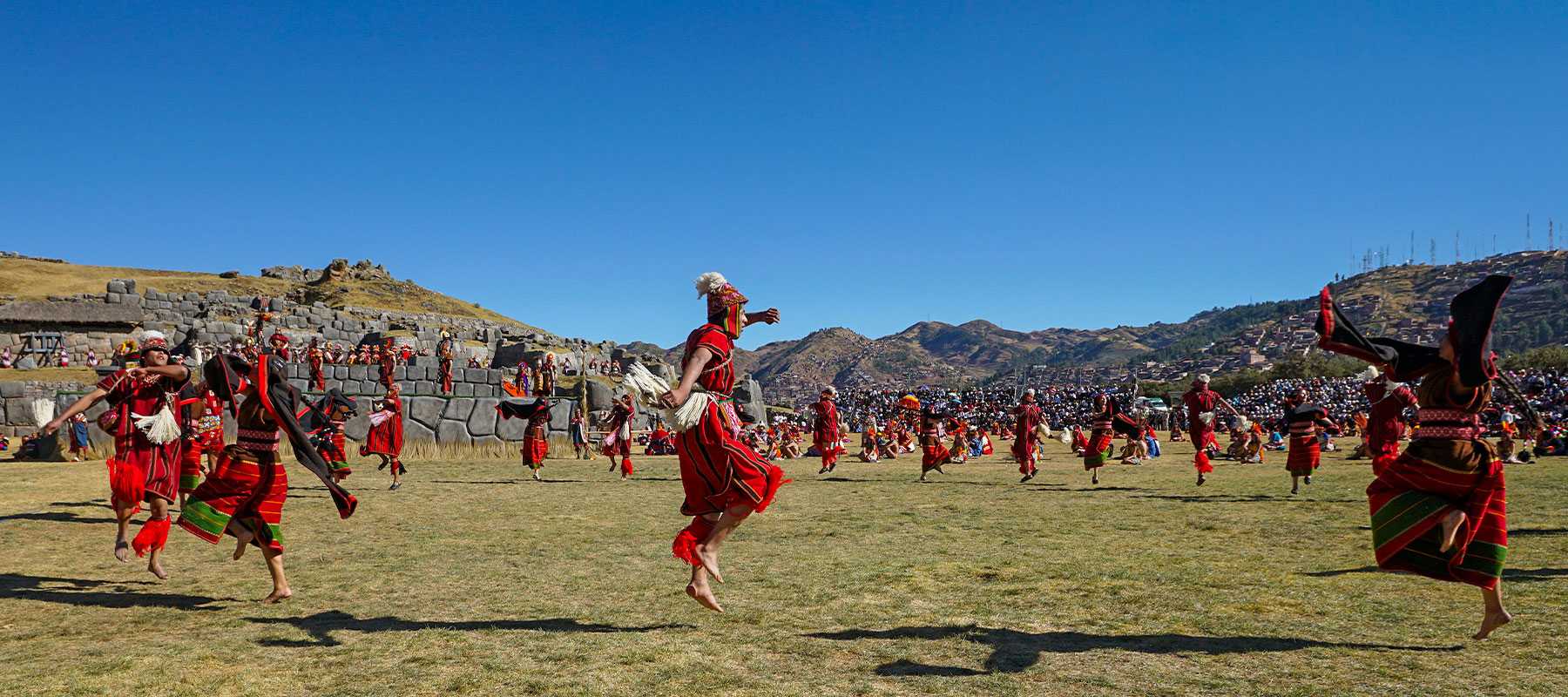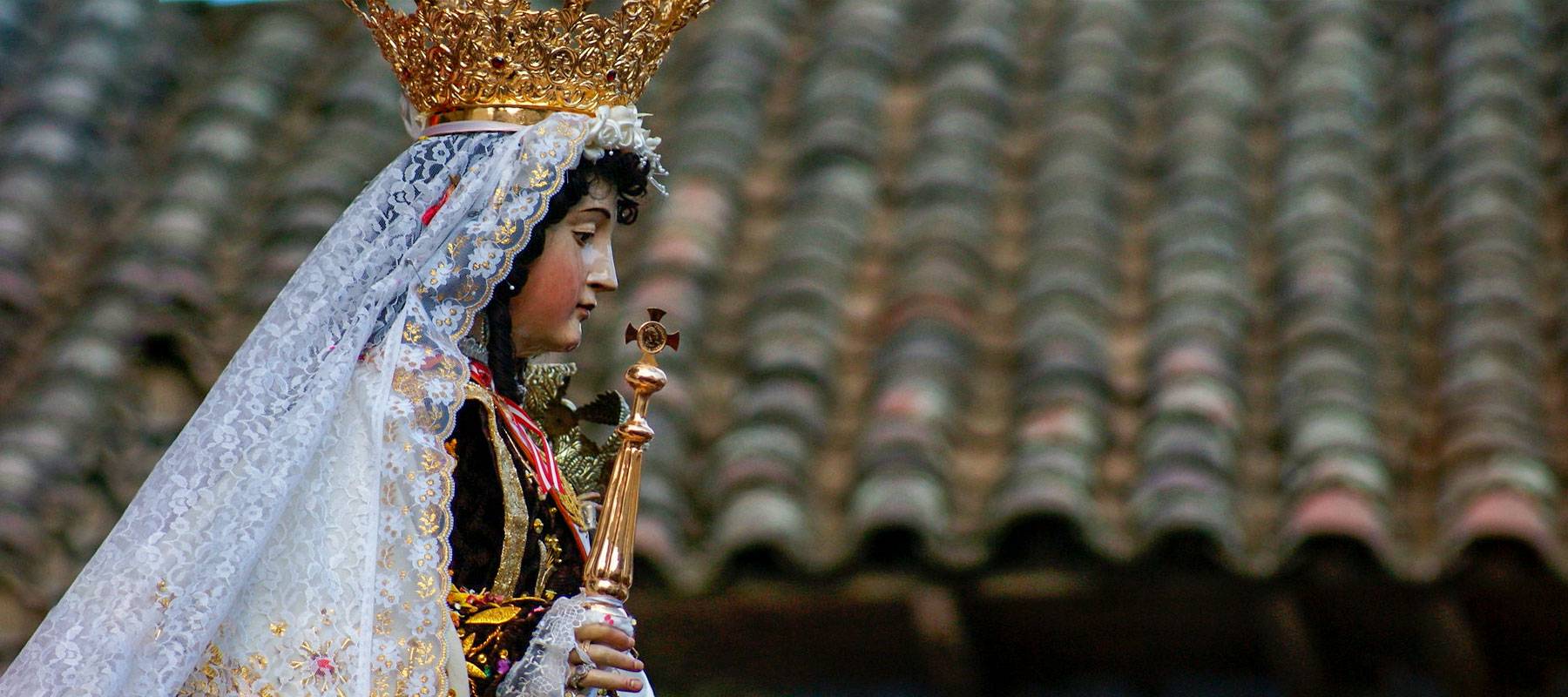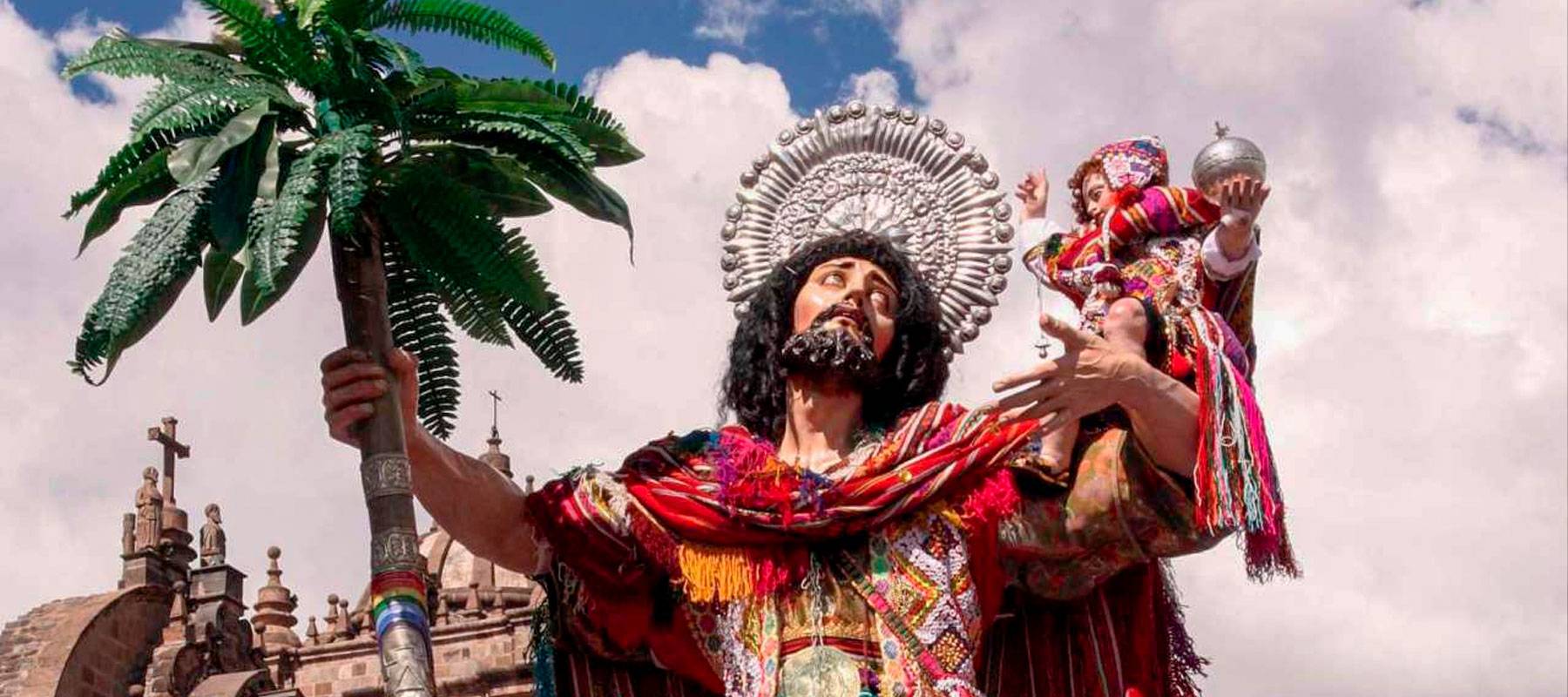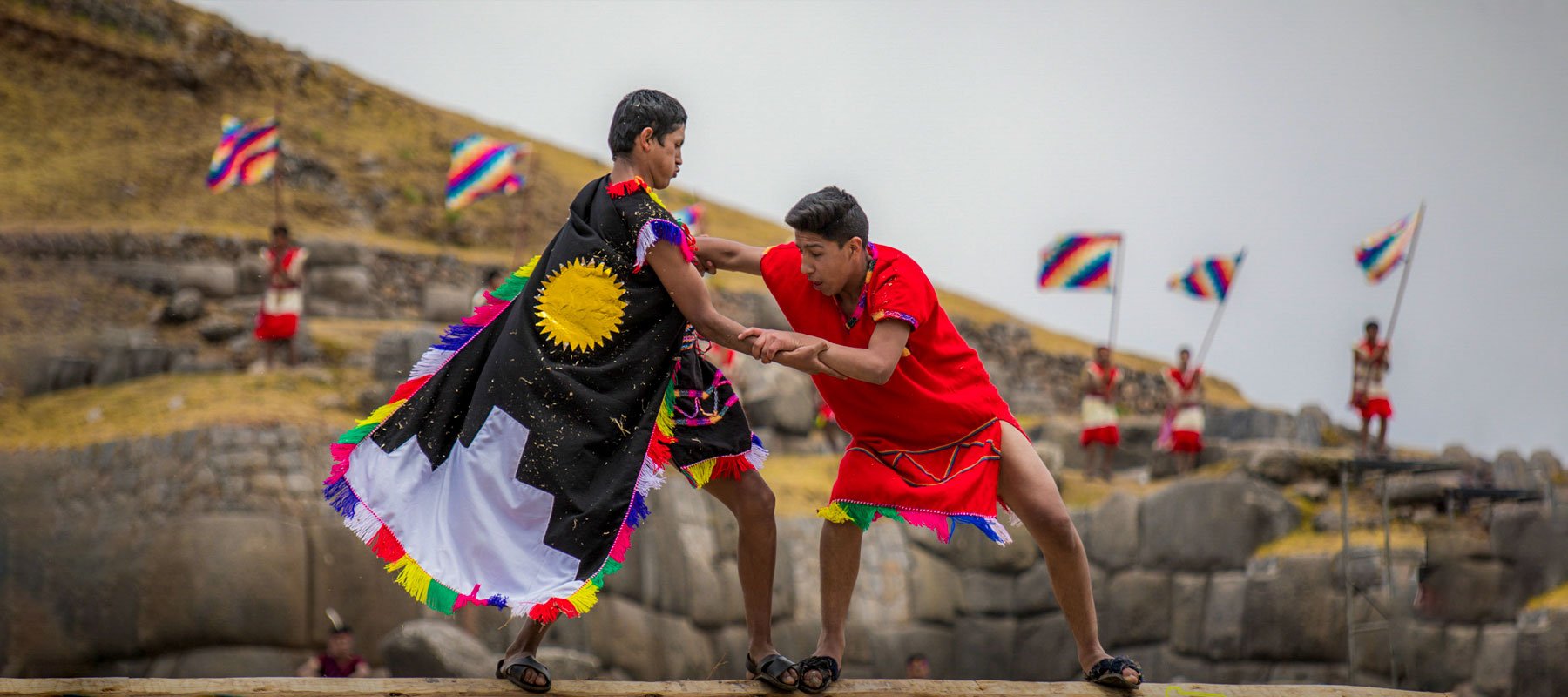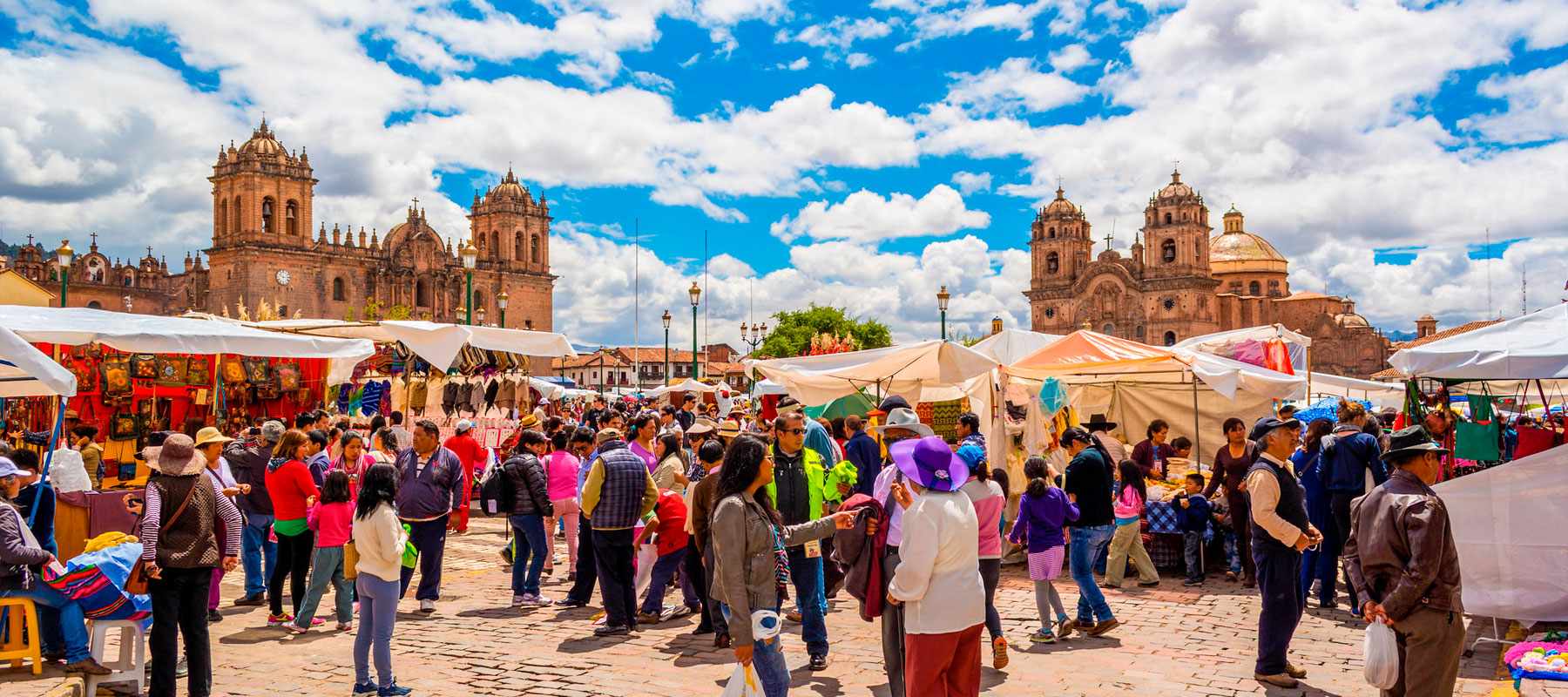Cusco, a city where history pulsates in every corner, transforms each year into a vibrant setting for unique celebrations in Peru. In 2025, the ancient Inca capital invites you to immerse yourself in a magical fusion of tradition and modernity, revealing its essence through its festivities.
Imagine witnessing processions that seem to stop time or delighting in fairs that exalt the flavors and creativity of the Andes. Every month, Cusco offers experiences that deeply connect with the soul of those who live them. In this space, you’ll find a detailed calendar of Cusco’s festivities, along with the elements that make each one absolutely unique.
Cusco Festivals Calendar
| January | Kacharpari | 09/03/25 | Inti Raymi | 24/06/25 | |
| Lord of Cabildo | 02/01/25 | San José | 19/03/25 | July | |
| Descent of the Kings | 06/01/25 | April | Virgen del Carmen | 16/07/25 | |
| Child San Cristobal | 06/01/25 | Palm Sunday | 13/04/25 | August | |
| San Antonio Abad | 17/01/25 | Holy Monday | 14/04/25 | Pachamama Day | 01/08/25 |
| San Sebastián | 20/01/25 | Holy Thursday | 17/04/25 | Corpus San Cristóbal | 02/08/25 |
| February | Holy Week | 20/04/25 | September | ||
| Saint Blas Patron | 03/02/25 | May | Virgen Natividad | 08/09/25 | |
| Child Compadrito | 09/02/25 | Cruz Velacuy | 03/05/25 | Lord of Huanca | 14/09/25 |
| Day of the Compadres | 20/02/25 | Lord of Torrechayoc | 23/05/25 | Warachicuy | 20/09/25 |
| Day of the Comadres | 27/02/25 | June | Jerome’s Patron | 30/09/25 | |
| March | Q’eswachaka | 08/06/25 | December | ||
| Cusco Carnival | 02/03/25 | Lord of Qoyllurity | 15/06/25 | Santurantikuy | 24/12/25 |
| San Juan de Dios | 08/03/25 | Corpus Christi | 19/06/25 | ||
| Cusco’s Celebrations: JANUARY |
Lord of the Cabildo
Celebrated in the traditional neighborhood of Santa Ana, this festival kicks off Cusco’s religious calendar with an atmosphere of solemnity and hope. The Lord of the Cabildo, an image venerated for generations, is carried in procession through the neighborhood’s streets as the faithful ask for blessings for the new year. Groups of dancers, musicians, and devotees accompany the image with prayers, songs, and flowers. It is an intimate yet deeply moving celebration that keeps the community spirit alive.
Descent of the Kings
Also known as the Epiphany of the Lord, this festival commemorates the arrival of the Three Wise Men at the manger of the baby Jesus. In Cusco, particularly in neighborhoods like San Blas, families create live nativity scenes and perform theatrical reenactments where the Three Wise Men arrive on horseback or even in traditional peasant processions. Ollantaytambo stands out for its unique staging, where local folklore blends with religious fervor.
Child Saint Christopher
In the San Cristóbal neighborhood, this festival is celebrated with special affection for the Child Jesus. Families bring out their images dressed in new attire and present them before the church to receive a blessing. The Infant Saint Christopher is considered the protector of the home, and the festival also offers an opportunity to come together as a community with music, traditional food, and fireworks. Processions, accompanied by dance, demonstrate the fusion of Catholic faith and ancestral traditions.
Saint Anthony the Abbot
Known as the patron saint of animals, Saint Anthony the Abbot is venerated in the San Cristóbal neighborhood with a special mass where domestic and farm animals are blessed. This tradition, with colonial roots but closely connected to Andean beliefs of respect for nature, attracts farmers, families, and children, who bring everything from dogs and cats to llamas and guinea pigs to receive the blessing.
Saint Sebastian
One of the most important festivals of the month, Saint Sebastian is the patron saint of the district that bears his name. His celebration brings together thousands of people around the imposing Baroque church that houses the saint’s image. The procession is accompanied by bands, dancers from various provinces, and a grand culinary display. Typical dishes such as roast suckling pig, pork rinds, and tamales are offered.
Virgin Queen of Bethlehem
In the Belén neighborhood, this Virgin is honored with great devotion. The image is carried in a procession adorned with flowers, jewels, and embroidered mantles, while the faithful accompany her, praying the rosary and singing traditional songs. This festival is a heartfelt expression of faith and love for the Virgin, especially among the women of the neighborhood, who organize masses, communal meals, and cultural events over several days.
| Cusco’s Celebrations: FEBRUARY |
Virgen Purificada
Also known as La Candelaria, this celebrations in Peru marks the end of the Christmas season. In Cusco, festivities center around the Temple of San Pedro, where a mass is held and candles—symbols of light and protection—are blessed. Many families also bring their images of the Child Jesus to receive blessings.
Patron Saint San Blas
The San Blas neighborhood, known as the “Artisans’ Neighborhood,” proudly celebrates its patron saint. The image is carried in a procession from the neighborhood church, followed by dancers, musicians, and residents. For several days, craft fairs, concerts, and cultural activities are held to showcase the neighborhood’s artistic talent. The celebrations in Peru has a special character, full of identity and creativity.
Child Compadrito
These activities in Cusco strengthen the ties of compadrazgo (godparenthood), a key institution in the Andean social structure. In neighborhoods like Santa Ana and San Cristóbal, godparents of the Baby Jesus dress him in new clothes, adorn him with jewels, and carry him in a procession to give thanks for blessings received. It is an intimate yet joyful event, where food, drinks, and dancing are shared.
Day oh the Compadres
This popular tradition is a showcase of Cusco’s humor and mischief. Men exchange dolls that caricature their compadres, often highlighting their flaws or inside jokes. These dolls, made of cloth or paper, are hung in plazas and doorways as symbols of brotherhood. The celebration includes shared meals, toasts with chicha (a traditional fermented drink), and traditional music in a relaxed and festive atmosphere.
Day oh the Comadres
The female counterpart to the previous celebration, this day puts women at the center with decorated dolls and comical performances. Comadres gather to eat, dance, and toast, strengthening bonds of friendship. Like the compadres, they use the occasion for witty satires and affectionate tributes. Both festivities are an integral part of the prelude to the Cusco Carnival and reflect the joyful spirit of the people.
| Cusco’s Celebrations: MARCH |
Cusco Carnival
Carnival in Cusco is one of the most joyful and colorful festivals of the year. It is celebrated on variable dates between February and March, depending on the liturgical calendar. During this festivity, the streets are filled with parades, traditional dances, music, and playful battles involving water, talcum powder, and paint. Gastronomy also plays an important role: dishes such as timpu (a traditional broth with meat and vegetables) and puchero are enjoyed, especially in communities like San Jerónimo and San Sebastián.
Saint John of God
This festival is celebrated in honor of the patron saint of the sick, hospitals, and medical personnel. In Cusco, it is marked by masses, processions, and charitable activities for patients. It is an occasion to give thanks and pay tribute to the work of healthcare personnel, as well as to renew faith in the saint’s healing power. Community lunches and musical performances for the sick and their families are also organized throughout the day.
Kacharpari
Kacharpari means “farewell” in Quechua and is celebrated on the Sunday after Carnival. It serves as a symbolic closing of the Carnival season. Carnival groups gather one last time, wearing colorful costumes and performing traditional dances, to thank Pachamama for the abundance and joy they have shared. Activities such as dance competitions, food fairs, and popular concerts are held, especially in traditional neighborhoods and community squares.
San Jose
A religious festival honoring the husband of the Virgin Maria and adoptive father of Jesus. In Cusco, it is celebrated with processions in temples such as San José in the Tahuantinsuyo neighborhood, as well as in rural communities where the saint is considered the protector of workers and families. The festivities include solemn masses, traditional dances, fairs, and typical foods.
| Cusco’s Celebrations: APRIL |
Palm Sunday
This day marks the beginning of Holy Week. In Cusco, the faithful go to churches with bouquets of palm, rosemary, and flowers, which are blessed during Mass. In places like San Blas and San Pedro, colorful processions are held that evoke Jesus’ triumphant entry into Jerusalem. The palms are then placed in homes and fields as spiritual protection.
Holy Monday
This important day honors the Lord of Earthquakes, the patron saint of Cusco. This miraculous image was first carried in procession during an earthquake in 1650 and has since served as a symbol of protection for the city. The image is carried on the shoulders of thousands of faithful who gather in the Plaza de Armas as it is brought from the Cathedral of Cusco. During the procession, ñucchu (a red Andean flower) petals are thrown upon it as a symbol of devotion.
Holy Thursday
This day commemorates Jesus’ Last Supper with his disciples. Cusco residents visit seven churches at night, a tradition known as the “Visit to the Monuments,” where they pay homage to the Blessed Sacrament. In each church, the faithful pray and leave offerings. It is also common to prepare special meatless meals, such as shrimp soup, French toast, mountain bread, boiled corn, and cheese.
Holy Week
The entire week leading up to Easter is filled with religious and cultural activities in Cusco. Processions, Masses, and reenactments of the Stations of the Cross are combined with craft and food fairs. Cusco families observe these days with reflection and devotion, especially on Good Friday, when many fast or prepare the traditional “12 dishes” in honor of the apostles.
| Cusco’s Celebrations: MAY |
Cruz Velacuy
This ancient Andean-Christian festival celebrates the crosses found on hills, roads, and plazas. The crosses are cleaned, dressed in shawls, and adorned with flowers, ribbons, fruits, and flags. At night, a “vigilación” (vigil) takes place, with music, prayers, and dancing. In Cusco, many communities climb the hills with their crosses and spend the night there—an act that blends Christian devotion with the Andean tradition of worshiping the mountains, or apus. The following day, a mass is celebrated and the festivities continue.
Lord of Torrechayoc
One of the most important festivals in the Sacred Valley, celebrated primarily in Urubamba. The Lord of Torrechayoc is a miraculous image that appeared in the 19th century and has since been venerated as the protector of the people. The festival features a grand procession through the streets of Urubamba, accompanied by hundreds of dancers from all regions of Cusco.
| Cusco’s Celebrations: JUNE |
Lord of Qoyllur Rit’i
One of the most impressive and mystical festivals in the Andean world, celebrated at the sanctuary of the Sinakara snow-capped mountain in the district of Ocongate (Quispicanchi province), over 4,600 meters above sea level. Thousands of pilgrims walk to the site—sometimes from hundreds of kilometers away—carrying crosses and wearing traditional clothing. The pilgrimage lasts several days and is filled with symbolism, dance, music, and rituals that combine devotion to the Lord of Qoyllority (Christ of the Snow Star) with Andean spirituality.
Corpus Christi
One of the most spectacular festivals in Cusco. On this day, fifteen images of saints and virgins from different parishes in the city are carried in procession to the Cusco Cathedral, where they remain for the entire week. The streets of the historic center are decorated with flower carpets, marching bands, and a festive yet spiritual atmosphere. The main procession takes place on Corpus Christi Thursday, when the images parade through the Plaza de Armas before thousands of worshippers and tourists.
Inti Raymi
Inti Raymi 2025, or the “Festival of the Sun“, is the most emblematic of the Inca celebrations in Peru revived today. It takes place in three locations: Qoricancha (Temple of the Sun), the Plaza de Armas, and the Sacsayhuaman fortress. This theatrical performance revives the Inca ritual of giving thanks to the sun for the harvests. It is a deeply symbolic festival that attracts thousands of visitors each year and strengthens the cultural identity of the people of Cusco.
| Cusco’s Celebrations: JULY |
Virgin of Carmen
Celebrated mainly in the district of Paucartambo, this is one of Peru’s most representative religious and folkloric festivals. The Virgin of Carmen, affectionately known as “Mamacha Carmen,” is considered the protector of mestizos. For three days, Paucartambo becomes a place of devotion and celebration, with more than a dozen groups of dancers performing traditional dances full of symbolism—such as the Saqras (mocking devils), the Qhapaq Qolla, the Chunchus, and others.
| Cusco’s Celebrations: AUGUST |
Pachamama Day
This day is dedicated to the veneration of Mother Earth, or Pachamama, a central figure in Andean culture. In Cusco and many communities of the southern Andes, ritual offerings or despachos are made to the Earth. These include coca leaves, chicha, corn, sweets, and other symbolic items. These rituals aim to restore balance with nature, give thanks for the harvests, and ask for protection for future crops.
Corpus Christi of San Cristóbal
Celebrated with a blend of religious fervor and popular expression, this version of Corpus Christi—specific to the San Cristóbal neighborhood—is a local interpretation of the larger Corpus Christi celebration in Cusco. The image of the saint parades through the streets, accompanied by dancers and musicians, with active participation from the neighborhood’s religious brotherhoods. Over several days, novenas, masses, and processions are held. The festivity reflects the neighborhood’s spirit of solidarity and the deeply rooted Catholic traditions within the Andean social fabric.
| Cusco’s Celebrations: SEPTEMBER |
Lord of Huanca
One of the most important pilgrimages in the Andean religious calendar. Thousands of devotees from Cusco, other regions of Peru, and even abroad walk through the night to the sanctuary of the Lord of Huanca, located near the district of San Salvador. The image, which represents the scourged Christ, is considered miraculous and healing. During the pilgrimage, prayers are said, songs are sung, candles are lit, and continuous masses, confessions, and blessings are held at the sanctuary.
Virgin of the Nativity
This Marian festival is celebrated in several districts of Cusco, but it is especially important in the city itself and in communities such as Poroy and Anta. For several days, the image of the Virgin parades through the streets amid flowers, songs, and dances. The festival features processions, food fairs, and cultural performances. It is an occasion to express faith, renew hope, and gather around the maternal figure of the Virgin Maria.
Warachicuy
An educational and cultural celebrations in Peru that revives an ancient Inca ceremony. It takes place on the Sacsayhuamán esplanade and is led by students from the National College of Sciences. During the event, young people must overcome physical, endurance, and courage tests—just as the youth of Tawantinsuyo once did. Though theatrical in nature, the performance is rich in symbolism and reinforces values such as discipline, bravery, and cultural identity.
Patron Saint of San Jerónimo
The district of San Jerónimo honors its patron saint with one of the liveliest festivities on Cusco’s calendar. Novenas, masses, craft and food fairs are held, along with a large procession of the saint, accompanied by scissor dancers, negritos, black qhapaq, and other traditional groups. Families organize communal lunches, and religious brotherhoods play an important role in the celebration.
| Cusco’s Celebrations: DECEMBER |
Santuranticuy
One of the largest and oldest craft fairs in Peru, held every December 24th in Cusco’s Plaza de Armas. Santuranticuy means “sale of saints” in Quechua, and it is where artisans from across the southern Andes sell religious images, nativity scenes, altarpieces, angels, and a wide variety of handmade Christmas items. The fair also includes the sale of traditional foods, flowers, candles, and other ritual products.
